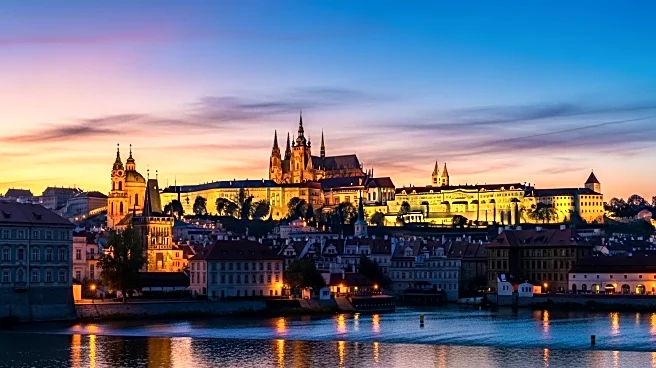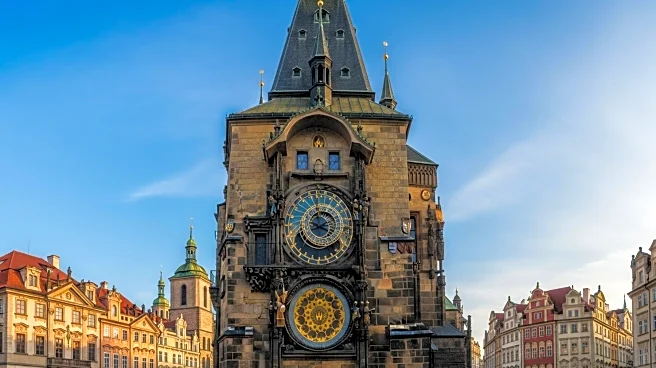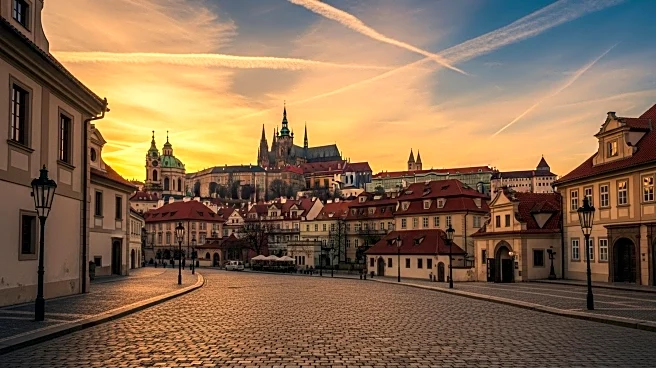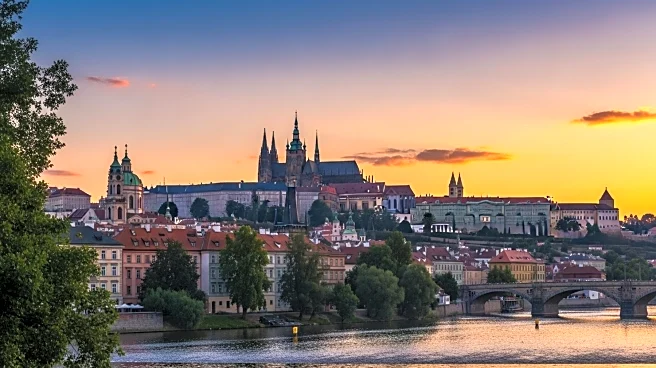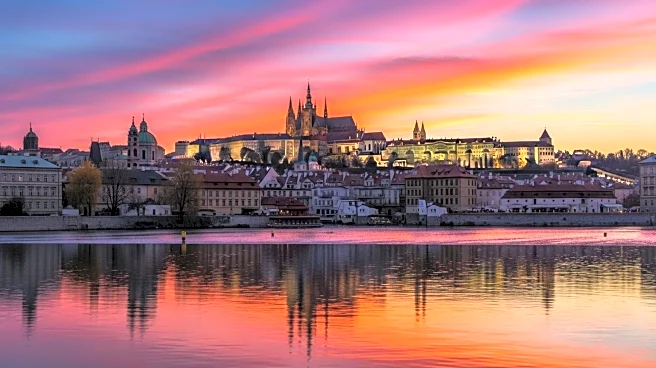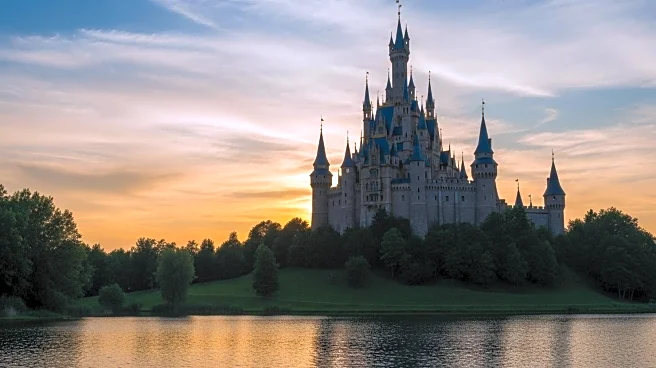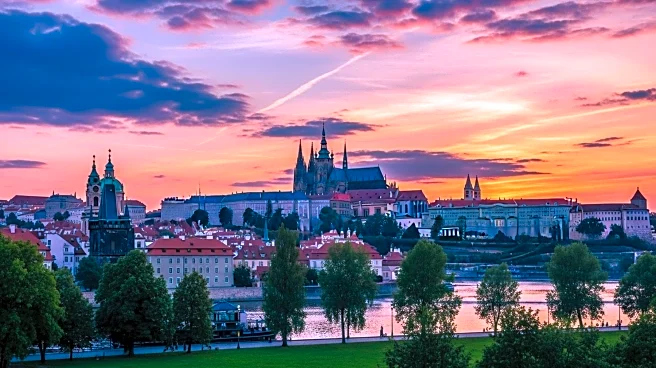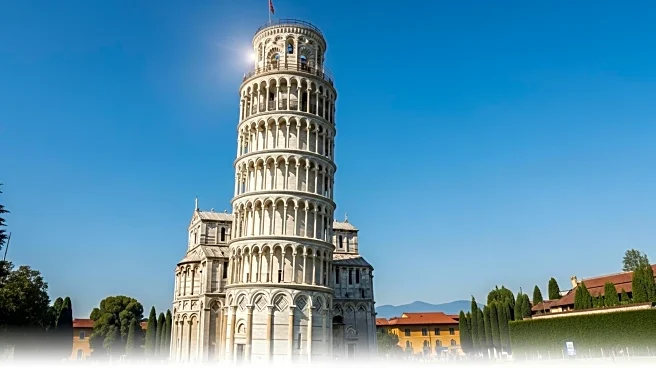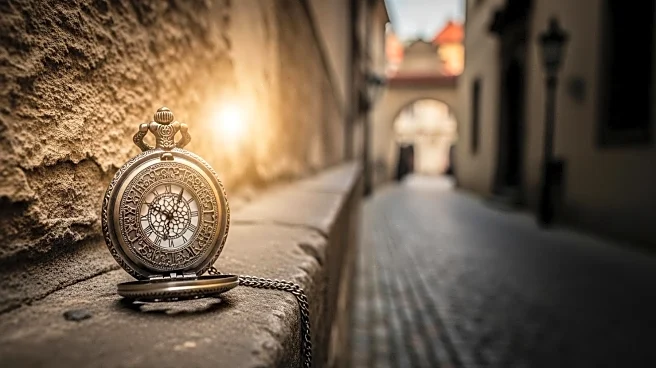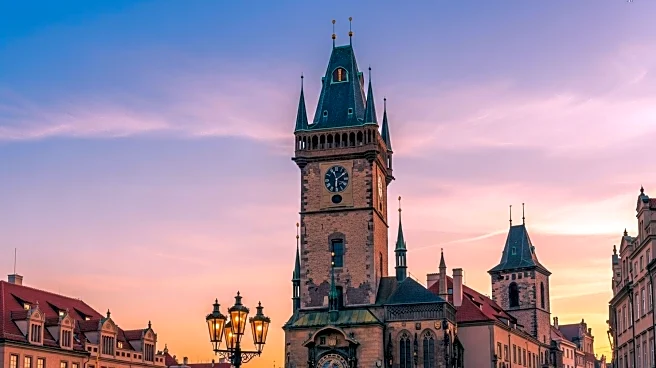Prague, the capital of the Czech Republic, is a city known for its stunning architecture and rich cultural heritage. Beyond its iconic landmarks and vibrant cultural scene, Prague holds a wealth of hidden secrets that offer insights into its historical significance and enduring legacy. From lesser-known details to common misconceptions, Prague's secrets provide a deeper understanding of this fascinating city.
LesserKnown Details
Prague is home to several lesser-known details that highlight its historical and cultural significance. The city's medieval settlement, known as the Old Town, was separated from the outside by a semi-circular moat and wall, connected to the Vltava River. This historical feature is now covered by streets, but its legacy remains an integral part of Prague's identity.
Common Misconceptions
Despite its rich history, Prague is often subject to common misconceptions that can obscure its true significance. One such misconception is the belief that Prague's architectural beauty is limited to its Gothic and Baroque styles. In reality, the city boasts a diverse range of architectural styles, including Romanesque and Renaissance, reflecting its historical evolution.
BehindtheScenes
Behind the scenes, Prague's historical significance is evident in its role as a center for political and cultural movements. The city's involvement in the Bohemian and Protestant Reformations, as well as the Thirty Years' War, highlight its influence in shaping European history. Prague's leaders have navigated complex political landscapes, ensuring the city's continued relevance and influence.
Why It Matters
Understanding the hidden secrets of Prague matters because it offers insights into the city's enduring legacy and influence. Prague's rich history and cultural significance provide a deeper understanding of European history and its impact on global culture. For U.S. audiences, exploring Prague's secrets can enhance appreciation for the city's architectural beauty and historical significance.
 Discover Daily • 8 min read
Discover Daily • 8 min read 